La Niña conditions are waning, and a transition to ENSO-neutral is favored in the next month.
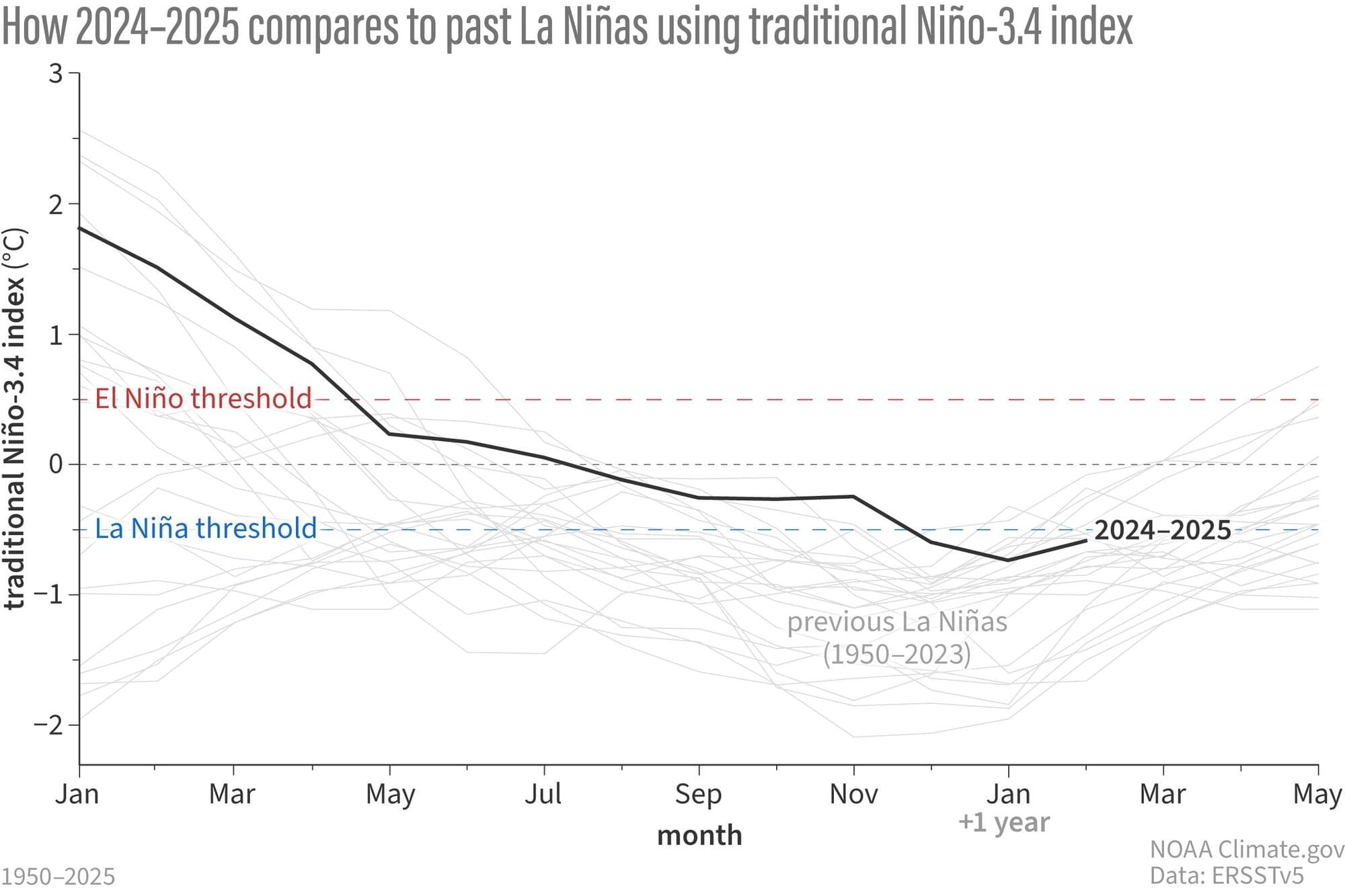

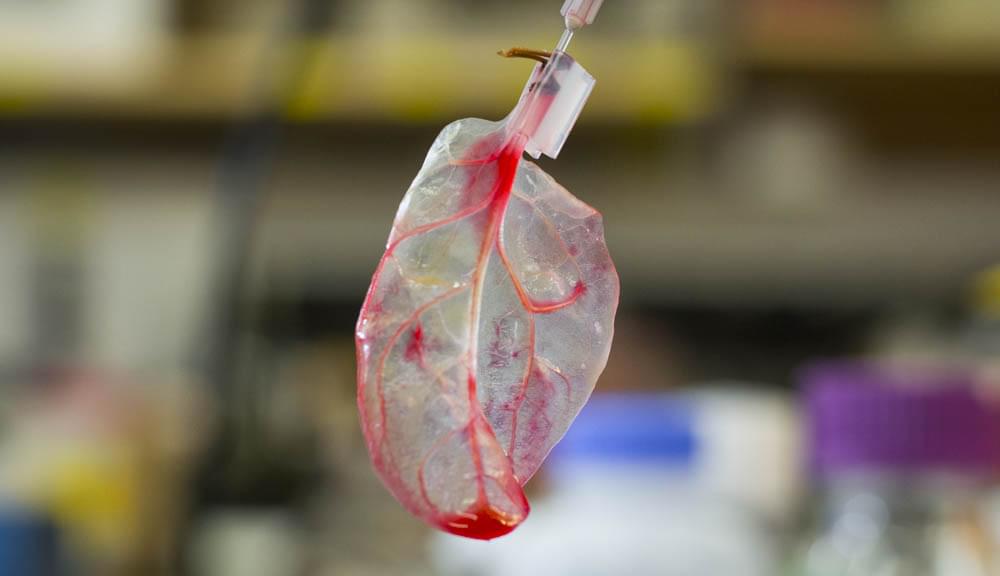
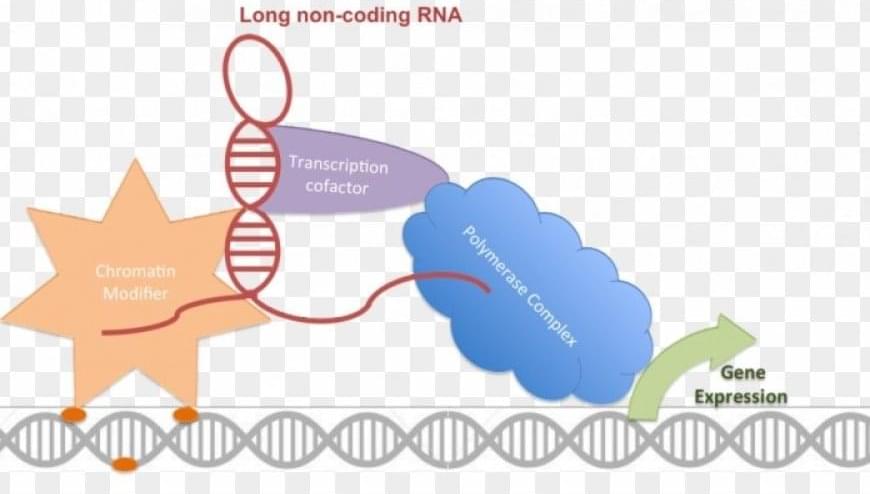
Long non-coding RNAs (long ncRNAs,) are a type of RNA, generally defined as transcripts more than 200 nucleotides that are not translated into protein.
Long non-coding transcripts are found in many species.
LncRNAs are extensively reported to be involved in transcriptional regulation, and epigenetic regulation.
Long non coding RNA has been proven to be associated with multiple diseases, such as cardiovascular diseases, rheumatic diseases, cancer etc.
More detailed information ons are provided in the link below.
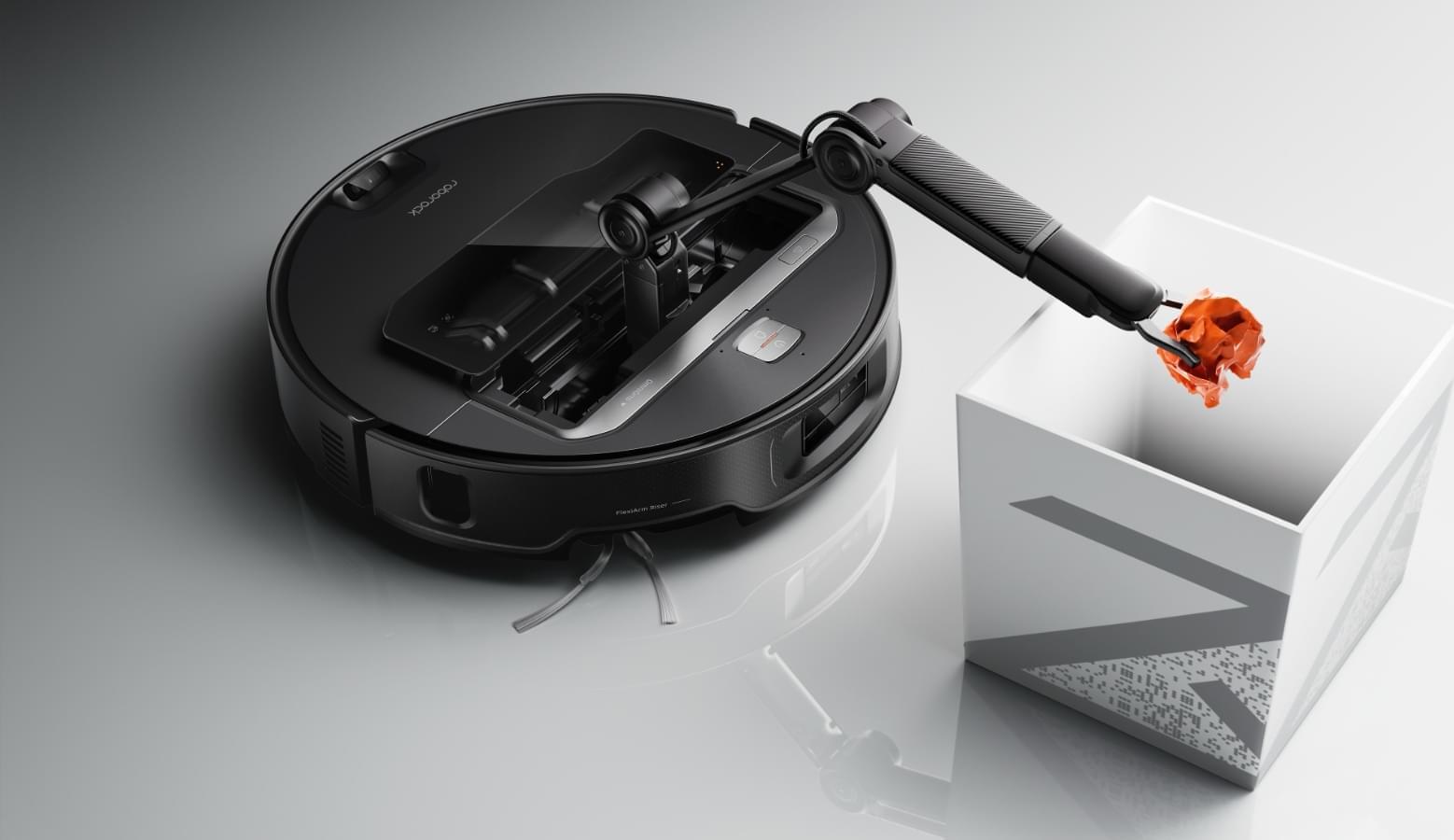
Unveiled at CES 2025, Roborock’s innovative robot vacuum with an arm, Saros Z70, is now available as a pre-order bundle in the US store. According to the company, consumers can get the Saros Z70 for $1,899 with another Robocok product. This device’s availability is expected in early May.
Roborock previewed the Saros Z70 to BGR a little before its official announcement at CES, and the company’s view for the future of the robot vacuum segment future is impressive. Roborock says the Saros Z70 features a foldable robotic arm with five axes that can deploy itself to clean previously obstructed areas and put away small items such as socks, small towels, tissue papers, and sandals under 300g.
While I can understand the appeal of the robot vacuum going a step further–I think the ability to climb different areas is more interesting with the latest Roborock Qrevo Curv and Saros 10R –it feels a bit too much not removing your dirty socks from the floor; you know?
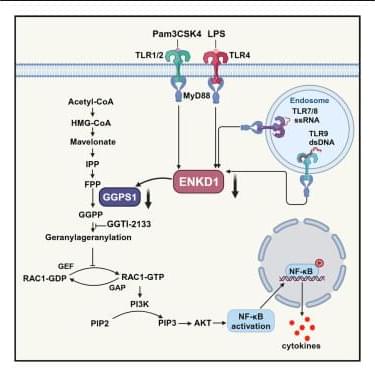

The healthcare industry faces a significant shift towards digital health technology, with a growing demand for real-time and continuous health monitoring and disease diagnostics [1, 2, 3]. The rising prevalence of chronic diseases, such as diabetes, heart disease, and cancer, coupled with an aging population, has increased the need for remote and continuous health monitoring [4, 5, 6, 7]. This has led to the emergence of artificial intelligence (AI)-based wearable sensors that can collect, analyze, and transmit real-time health data to healthcare providers so that they can make efficient decisions based on patient data. Therefore, wearable sensors have become increasingly popular due to their ability to provide a non-invasive and convenient means of monitoring patient health. These wearable sensors can track various health parameters, such as heart rate, blood pressure, oxygen saturation, skin temperature, physical activity levels, sleep patterns, and biochemical markers, such as glucose, cortisol, lactates, electrolytes, and pH and environmental parameters [1, 8, 9, 10]. Wearable health technology includes first-generation wearable technologies, such as fitness trackers, smartwatches, and current wearable sensors, and is a powerful tool in addressing healthcare challenges [2].
The data collected by wearable sensors can be analyzed using machine learning (ML) and AI algorithms to provide insights into an individual’s health status, enabling early detection of health issues and the provision of personalized healthcare [6,11]. One of the most significant advantages of AI-based wearable health technology is to promote preventive healthcare. This enables individuals and healthcare providers to proactively address symptomatic conditions before they become more severe [12,13,14,15]. Wearable devices can also encourage healthy behavior by providing incentives, reminders, and feedback to individuals, such as staying active, hydrating, eating healthily, and maintaining a healthy lifestyle by measuring hydration biomarkers and nutrients.
Common Side Effects airs Sundays at 11:30pm on Adult Swim — next day on Max.
Watch Adult Swim on Max: http://bit.ly/3Gy0aXA
SUBSCRIBE: https://youtube.com/adultswim1?sub_confirmation=1
About Adult Swim:
Watch Adult Swim on Max, www.adultswim.com or by downloading the Adult Swim app. Binge marathons or watch selected episodes of many of your favorite shows including Rick and Morty, SMILING FRIENDS, The Boondocks, Aqua Teen Hunger Force, and many more.
Connect with Adult Swim Online:
Download the APPS: http://www.adultswim.com/apps/
Visit Adult Swim WEBSITE: http://www.adultswim.com.
Like Adult Swim on FACEBOOK: https://facebook.com/adultswim.
Follow Adult Swim on TWITTER: https://twitter.com/adultswim.
Follow Adult Swim on INSTAGRAM: http://instagram.com/adultswim.
Watch Adult Swim in your country:
United Kingdom: https://bit.ly/AS_GB
Republic of Ireland: https://bit.ly/AS_GB
USA: https://bit.ly/AS_US
France: https://bit.ly/AS_FRA
Germany: https://bit.ly/AS_GERMAN
Italy: https://bit.ly/AS_IT
Central and Eastern Europe: https://bit.ly/AS_HBOMAX
Denmark: https://bit.ly/AS_HBOMAX
Finland: https://bit.ly/AS_HBOMAX
Hungary: https://bit.ly/AS_HBOMAX
Netherlands: https://bit.ly/AS_HBOMAX
Norway: https://bit.ly/AS_HBOMAX
Poland: https://bit.ly/AS_HBOMAX
Australia: https://bit.ly/AS_AU
New Zealand: https://bit.ly/AS_NZL

Scientists are developing ever-more powerful magnets to enable clean energy sources like fusion. But China’s dominance of the supply chain for rare-earth magnets threatens their global availability.
Bloomberg Primer cuts through the complex jargon to reveal the business behind technologies poised to transform global markets. This six-part, planet-spanning series offers a comprehensive look at the \.
Which of these technologies excites you the most? CHAPTERS:00:00 20 Space Megastructures That Will Transform Our Future01:15:51 15 Robotics TechnologiesThat…